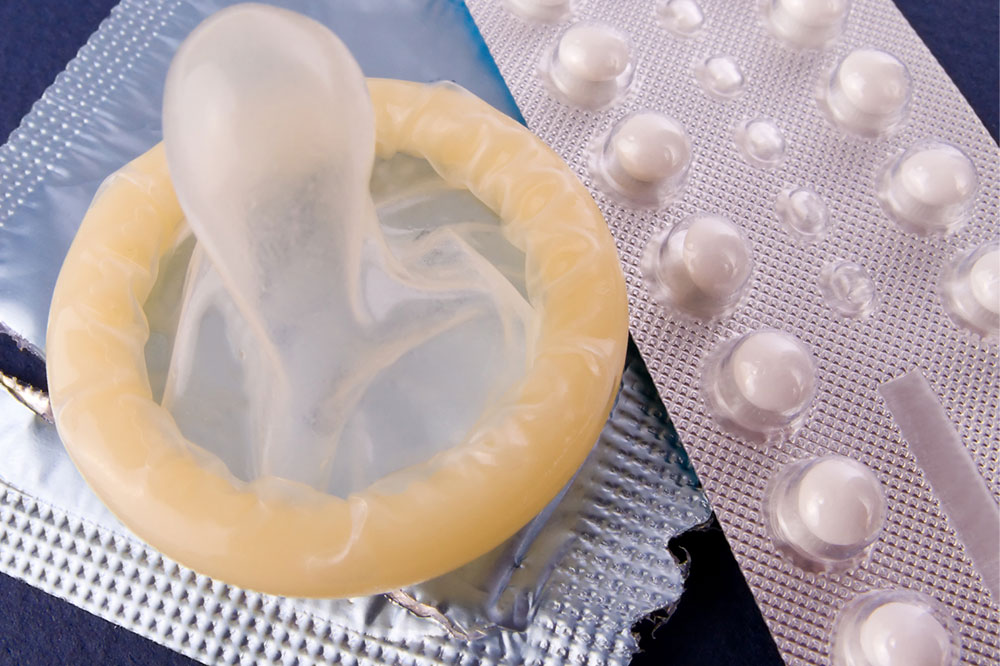
5 Safe Methods of Contraception
Contraception is a broad term used for methods to prevent pregnancy. In addition, certain types of contraception also protect you from sexually transmitted infections. Typically, male condoms are regarded as the most popular birth control method. But, there are many other options available. Given below are some of the safest contraception methods one can opt for.
Safest methods of contraception in the market
1. Condom
In addition to preventing pregnancy, condoms are the only forms of contraception that protect you against sexually transmitted diseases. The best part of condoms is that you can use them on demand and keep them with you any time. In addition, they come in both male and female varieties. Male condoms are rolled onto an erect penis and on the other hand female condoms are placed into the vagina. Both act as a physical barrier and prevent fluids from being exchanged during the intercourse.
2. Oral contraceptive pill
Oral contraceptive pills are also safe and effective options to prevent pregnancies. These need to be taken within a certain time period after intercourse has been had, otherwise they lose their efficacy. Certain pills also help in the reduction of heavy and painful menstrual cycles. However, they do not protect you from sexually transmitted diseases.
3. Intrauterine device or IUD
These small T-shaped devices are made from materials that contain progesterone hormone or plastic and copper. An intrauterine device or IUD is fitted inside a woman’s uterus by a trained healthcare provider. It’s one of the most long-lasting and reliable contraception methods. Depending on its type, it can stay in place for up to ten years but it does not protect you against sexually transmitted diseases. You might experience irregular bleeding and spotting during the first six months, and it is important to consult a doctor about the same.
4. Contraceptive implant
In contraceptive implants, a small and flexible rod is placed under the skin in a woman’s upper arm, which releases a form of progesterone. This process stops the ovary from releasing the egg and thickens the cervical mucus. Thus, it makes it difficult for sperm to enter the womb. A patient with a contraceptive implant needs to undergo a small procedure involving local anesthesia. Keep in mind that this rod needs to be replaced every three years. The contraceptive implant is highly effective, reversible and one of the safest contraception options.
5. Contraceptive injection
Contraception injections also work well in pregnancy prevention. It contains a synthetic version of the progestogen hormone. The injection is pushed into the upper arm or buttock of women. The effectiveness of this contraceptive method lasts about three months. However, in some cases, the injection may cause irregular bleeding and disrupted periods.
It is crucial to remember that no contraception method is a hundred percent effective but most of them are extremely reliable and do not cause harm in most individuals.


